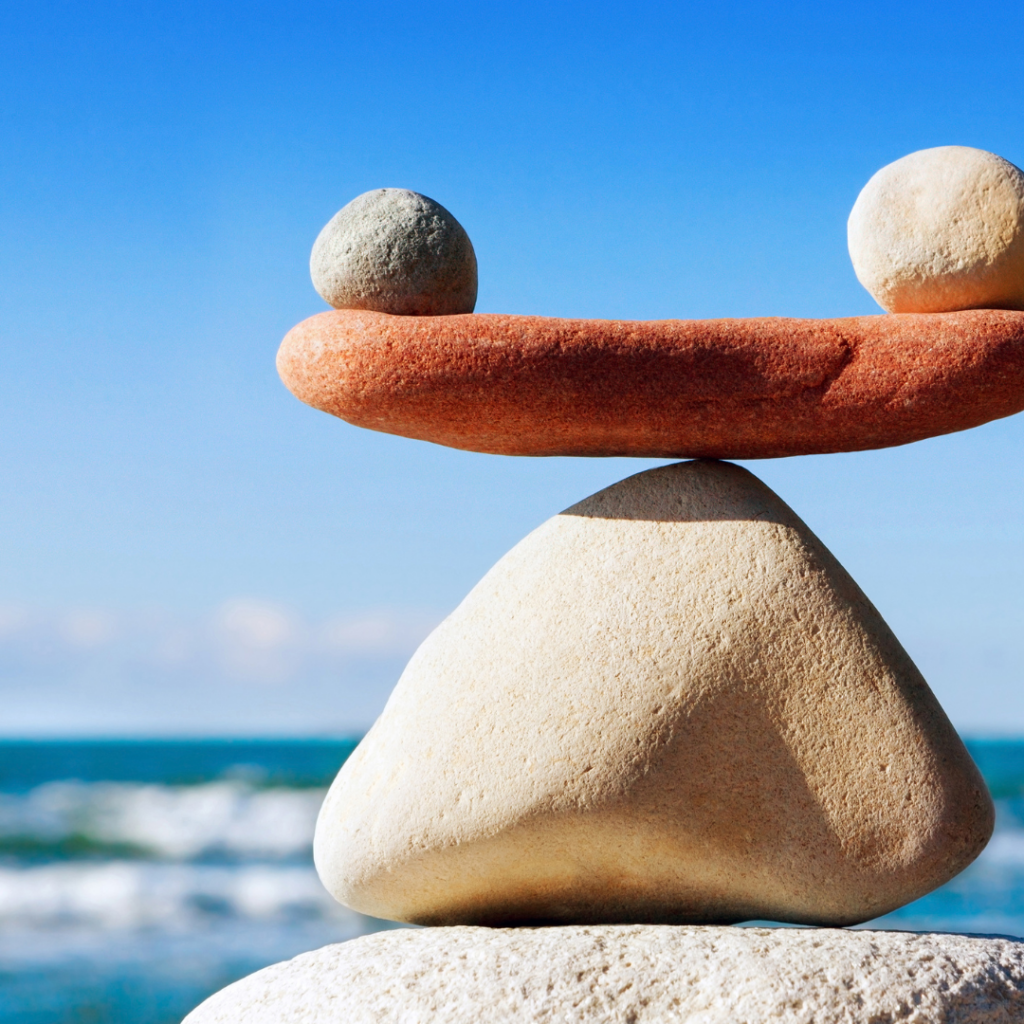

Measuring the rainbow
The only measure that really counts is how the light in a space makes you feel. But numbers can be useful too. Here’s a run-down of the main measures of brightness out there. Most relate to visual response. But the discovery of the ipRGCs have led to measures of non-visual response such as melanopic lux and circadian stimulus. New understanding of the effects of infra-red and ultra-violet may add more numbers to the mix.
Unreliable witness
We can measure the light coming out of a source, but how do you know how much light you’re actually getting? Dysfunctional Consequences of Performance Measurements.
The scientific community came together to tackle the inconsistencies between the way light was measured in lab experiments and agreed on the Enlight checklist – ENLIGHT: A consensus checklist for reporting laboratory-based studies on the non-visual effects of light in humans. The lab is relatively straightforward. Measuring light exposure in the real world is another matter. This paper is an excellent review of best practice today- Methods to Describe and Measure Lighting Conditions in Experiments on Non-Image-Forming Aspects.
You don’t have to be a scientist to track your diet of light and see the benefits of enjoying a regular cycle of bright days and dark nights that can include improved sleep, improved mood, improved focus and reduced risk of long term illness – Human-centric lighting: Myth, magic or metaphor?
There are plenty of wearables out there- at least 25 at the last count – Verification, analytical validation and clinical validation (V3) of wearable dosimeters and light loggers.
Ideally you need to measure the light getting into your eyes – wearables on the wrist or pinned to clothing on average underestimate light levels by around 126 lux (a bright lightbulb)- The accuracy of artificial and natural light measurements by actigraphs.
But even a wrist-worn meter is going to be much more reliable than you are.
One study compared a self-assessment questionnaire with two wearable devices. It found that on average we say we’ve spent three hours outside every day when we’ve actually spent less than one – Wearable Sensors for Measurement of Viewing Behavior, Light Exposure, and Sleep.
Try this simple experiment
You don’t need to buy a fancy watch to test the hypothesis yourself:
I certainly notice the difference – and I’d love to know if you do too.
Light relief for people living with dementia
Residential Healthcare is one context where the benefits of circadian lighting is clear.
Today, over 55 million people worldwide are living with dementia, costing the global economy an estimated US$ 1.3 trillion in 2019. That’s slightly less than the GDP of Spain – GDP by Country, Dementia Epidemiology Fact Sheet 2022. Poor sleep is one of the first symptoms of the onset of the disease as the hormone signalling pathways and the structures in the brain that regulate the body clock come under attack – Increased Risk of Dementia Among Sleep-Related Movement Disorders.
So, as a bit of good news for your linkedin feed, here are three recent papers that demonstrate the impact of simple upgrades to the lighting:
This study using tunable lighting reduced night time wandering from a score of 3.8 to 1.8 – Measuring Light Exposure and its Effects on Sleep and Behavior in Care Center Residents.
Another large-scale study saw a reduction in falls of 43% – Impact of Upgraded Lighting on Falls in Care Home Residents.
And this paper found night-time wandering reduced from 11 to 5 times, average time out of bed cut from 180 to 104 minutes and total night-time sleep went up from 408 to 495 min – Biodynamic lighting effects on the sleep pattern of people with dementia.
I’m hosting an online event with scientists and residential healthcare providers from around the world on the 5th of September. Here is a link to the ‘Save the Date’ online. I’ll be profiling the work of our guests in newsletters over the coming months, so watch this space.
Snail vision
I love my allotment here in Bridport.
I feel so privileged to have this little haven of green so close to my home.
But I’m not so keen on the slugs and the snails…
Really, nothing is safe. Even on top of the table, they come and nibble away…
So how do the snails and slugs ‘know’ where the tastiest seedlings are?
Snail and slug eyes are literally in the back of their head on stalks.
They actually can’t see very much. But they do have an incredible sense of smell…
So they are sniffing out my favourite plants and can track them down at surprising speed…
Here’s a brilliant fact sheet about snails including activities for teachers and home-schooling parents – and anyone else who loves an experiment… – Snails.
I’m really not keen on pesticides or pellets so I’m trying another solution – broken sea shells.
I can’t stop my snails from smelling my precious lettuces but I can make it more uncomfortable when they get there!
I’ll let you know if it works 😉